Culture plays a substantial role in reducing disparities among American Indian and Alaska Native (AI/AN) populations; experts acknowledge culture’s critical importance to intervention success and sustainability. Yet many questions remain about the mechanisms that produce this protective effect. For more than a decade, researchers at the Center for Alaska Native Health Research have been collaborating with Yup’ik communities to address challenges facing Alaskan youth.
The Qungasvik (qoo ngaz vik) or “tools for life” prevention model is grounded in Yup’ik cultural and an indigenous knowledge framework. Through a self-determined, local community-developed and staffed intervention, the Qungasvik prevention model helps improve the lives and health of Yup’ik community members. In the past, the qasgiq (qaz giq), or communal house, was both a traditional communal living structure and a problem-solving process based on the collective will and decision of the people. The concept of qasgiq guides both the Qungasvik intervention implementation and the development of its community-based participatory research (CBPR) approach. Elders and community members match key cultural teachings with protective factors from suicide and alcohol abuse. These protective factors have been validated through collaborative research by communities and their university partners (Allen et al., 2014; Rasmus, Charles, & Mohatt, 2014). The qasgiq process contextually privileges the Yup’ik knowledge system while allowing science and research partners’ knowledge to contribute when appropriate and useful.
Today, the qasgiq is an organizing structure and a knowledge system that reflects and transmits core Yup’ik principles, ideologies, and theories. Research institution knowledge is more focused on the individual and more linear, moving from a definitive start to definitive end. In contrast, Yup’ik knowledge is more collective, relational, and cyclical. This approach to knowledge formation extends to intervention.
Population of Focus: American Indian/ Alaska Native Youth
Links to Resource:
- Read more on the National Institute on Minority Health Disparities website
- Learn more about the Qungasvik Projects at the Center for Alaska Native Health Research
- View the Qungasvik Toolbox that promotes sobriety in Yup’ik/Cup’ik youth
- Find out how the Elluam Tungiinun (Toward Wellness) prevention trial tested the efficacy of the Quagasvik Project’s culturally based approach to suicide and substance abuse prevention in three Yup’ik communities in southwest Alaska
- Dig deeper with these related research articles:
- A Protective Factors Model for Alcohol Abuse and Suicide Prevention Among Alaska Native Youth
- Reclaiming Indigenous identities: Culture as strength against suicide among Indigenous youth in Canada
- Redressing First Nations historical trauma: Theorizing mechanisms for indigenous culture as mental health treatment
- Creating Qungasvik (A Yup’ik Intervention “Toolbox”): Case Examples from a Community-Developed and Culturally-Driven Intervention
Date: 2018
